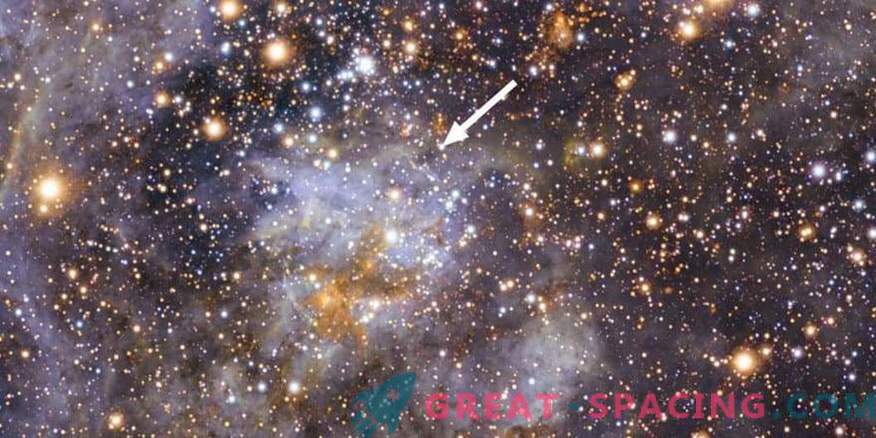
Scientists believe that the rapidly moving stars in the Milky Way are, in fact, running away from a much smaller galaxy orbiting ours. Astronomers from the University of Cambridge reviewed the data of the Sloan digital sky survey and created a model demonstrating that star runaways appeared in the Large Magellanic Cloud (dwarf galaxy).
They are called hyper speed stars. Such objects managed to escape from the initial house. This is what happens when the explosion of the binary system causes the second body to reach speeds that overcome galactic gravity.
At first, everyone thought that they just ran into large blue stars sent from the center of the Milky Way due to the influence of a supermassive black hole. We also thought about dwarf galaxies and chaotic star clusters. But none of the ideas could explain why the stars are located only in one area. Now they number 20 in the northern hemisphere.
Later, it was believed that the stars could break out of a binary system. In this case, if one exploded as a supernova, the second increases the speed and escapes. The native runaway stars of the Milky Way are not able to increase the speed to the desired indicator, so another galaxy appeared among the options. The Large Magellanic Cloud (BMO) is considered the largest and fastest of a dozen dwarf galaxies. It reaches 10% of the mass of the Milky Way, so the fugitives are able to escape and be absorbed by ours. The galaxy moves around the Milky Way at a speed of 400 km / s. This also explains their position in Leo and Sextant.
Scientists modeled the appearance and death of stars in the BMO over the past 2 billion years and noted every star that escaped. Then they created a simulation capable of finding new fugitives. According to forecasts, there may be 10,000.
Massive blue stars die transforming into a neutron star or a black hole. So most could die after escaping. But neutron stars and black holes created in their place, continue to move, so their distribution should also pay attention.











































